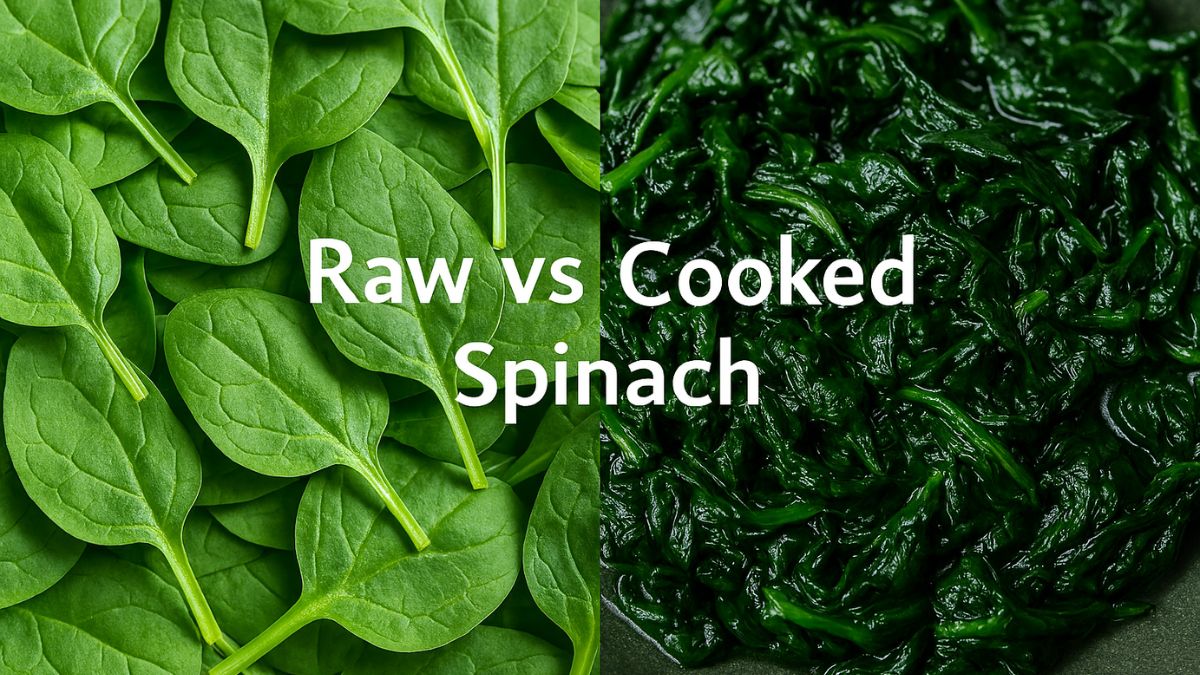Wine is one of the most popular alcoholic beverages out there. Wine connoisseurs dedicate their lives to understand the chemistry behind the drink and hunting for the best quality of wines that the world has to offer. There is a fair bit of science involved in why exactly wine is so expensive and why people prefer it over other alcoholic drinks. A recent research has looked at why exactly some red wines taste dry as compared with other fruitier red wines. The study has determined that factors such as the tannin structure, concentration and interaction with our saliva influence our perceptions of the dryness of the red wines. Tannins are naturally occurring polyphenols or plant compounds present in fruit skin, seeds, bark, leaves, and even wood.
Scientists have long linked the dry sensation of red wines to the tannins present in them, but how exactly this sensation changed over time due to the molecules, was not fully understood. The dry sensation after drinking red wine is described as a queer rough feeling in the mouth and is known as astringency of the drink. Wine drinkers experience this astringency due to the interaction, aggregation and precipitation of tannins with the salivary proteins. However, in the study in question, scientists looked at how the molecules from two different red wines interacted with other characteristics of the beverages, as well as with salivary proteins, to influence the dryness sensation perceived by wine drinkers.
As part of the study, a team of researchers extracted the tannins from a dry wine called Cabernet Sauvignon, and a less- dry red wine called Cabernet Sauvignon. Through various analyses, it was found that the Cabernet Sauvignon contained more, larger and more highly pigmented tannins, as compared to the Pinot Noir, and these tannins formed more protein aggregates in the saliva. Furthermore, trained sensory panelists perceived Cabernet as dry-er as compared to Noir, with more pronounced and long-lasting dryness than the Noir.
Interestingly, when the opposite type of tannin was put into Cabernet or Pinot wines, the panelists could not detect differences in dryness. The researchers consequently surmised that it must have been the distinctive aromas of the two red wines which likely influenced the experts' perception of dryness, hence, preventing them from noticing the added tannins.
(This content including advice provides generic information only. It is in no way a substitute for qualified medical opinion. Always consult a specialist or your own doctor for more information. NDTV does not claim responsibility for this information.)










